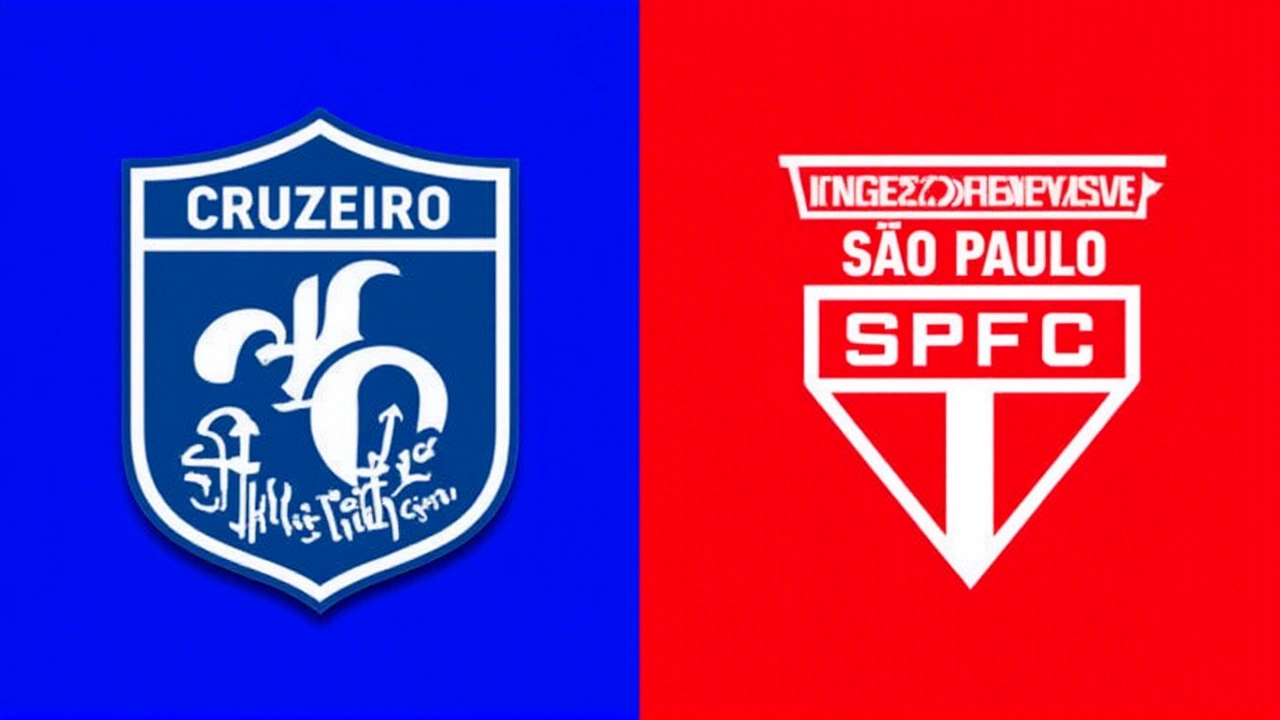Brazilian Serie A – Your Complete Intro
When talking about Brazilian Serie A, the top tier of professional football in Brazil, known locally as Campeonato Brasileiro Série A. Also called Campeonato Brasileiro, it brings together 20 clubs, millions of fans and a massive talent pipeline that fuels world football. Below you’ll find everything you need to understand why this league matters, how it works, and what’s happening right now.
Why the Brazilian Serie A matters
The competition runs from May to December, following a double‑round robin schedule where each club plays every other side twice – home and away. This promotion and relegation system, drops the bottom four teams to Serie B while promoting the top four from that division creates relentless pressure at both ends of the table. The fight to avoid the drop is as dramatic as the chase for the championship, keeping fans hooked week after week.
Among the 20 participants, a handful of clubs dominate the headlines. Flamengo, the Rio de Janeiro giants with a record‑breaking fan base and multiple recent titles consistently field world‑class talent, while Palmeiras, São Paulo and Corinthians add their own histories of success. Rivalries like the "Clássico" between Flamengo and Fluminense turn ordinary matches into cultural events that spill onto the streets, in cafés and across social media.
Beyond the big names, the league serves as a launchpad for young Brazilian talents, players who often debut as teenagers and quickly attract interest from European clubs. Those early minutes can make a difference in a youngster’s career – think of Vinícius Júnior or Gabriel Martinelli, who honed their skills in Serie A before moving abroad. Clubs invest heavily in youth academies, scouting networks and coaching to keep this pipeline flowing.
Media coverage is massive. TV Globo holds the primary broadcasting rights, delivering high‑definition telecasts and weekly highlight shows that dissect tactics, injuries and transfer rumors. Meanwhile, online platforms and fan podcasts provide granular breakdowns, making it easy for anyone to stay informed whether they’re in São Paulo or London.
The league’s influence stretches far beyond Brazil’s borders. Finishing in the top spots earns a place in the Copa Libertadores, South America’s premier club competition that pits the continent’s best against each other. Strong performances there raise a club’s profile, boost revenue and often lead to player sales to Europe’s top leagues, creating a virtuous cycle of talent development and financial growth.
Stats fans love tracking who ends the season as the top scorer, the player with the most assists, or the goalkeeper with the highest clean‑sheet count. These numbers not only fuel award races but also guide clubs in their recruitment strategies. For example, a striker who nets 20+ goals in a single Serie A campaign usually draws bids from Europe’s elite leagues.
Matchday atmosphere is a unique blend of samba rhythm, colorful banners and thunderous chanting. Stadiums like Maracanã and Allianz Parque become living entities, amplifying the stakes of every goal. Fans bring drums, flags and endless energy, making each game an experience you can’t replicate elsewhere.
All this context sets the stage for the articles you’ll find below – from match previews and tactical breakdowns to exclusive interviews with managers and players. Whether you’re a casual follower or a die‑hard supporter, the collection gives you a front‑row seat to the drama, excitement and stories that define the Brazilian Serie A today.

Cruzeiro edge São Paulo 1-0, stay top of Brazil's Serie A
by Alistair McKinley / 30 Sep 2025Cruzeiro beat São Paulo 1-0 in Belo Horizonte, with Matheus Pereira scoring the winner. The win keeps Cruzeiro atop Brazil's Serie A and tightens the title race.


